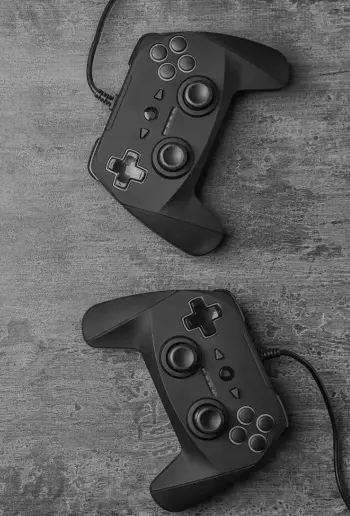Disappointing news
Curbside mayhem
Divided loyalty
Sonia owns a wine shop that prides itself on its excellent selection and unique bottles. A loyal customer frequently buys wine in-store and earns loyalty points, but is frustrated to learn those points can’t be redeemed online. They need a big wine delivery for a party, but since they can’t earn points or take advantage of in-store discounts, they decide to use a cheaper competitor instead.
Promotional chaos
Olivia owns a bustling boutique that offers high-end clothing and accessories. It’s a big holiday weekend, and Olivia runs a “buy one, get one 50% off” deal and promotes it heavily on the shop’s Instagram and her newsletter. But her website isn’t updated with the new pricing, leaving many excited shoppers and potential new customers feeling confused or misled.
Tedious Tasks
Miguel owns a cigar lounge that also takes orders for specialty cigars over email. Unfortunately, every sale means Miguel has to manually input order details into his point of sale (POS) system, creating delays and extra work for every sale.










.svg)




















